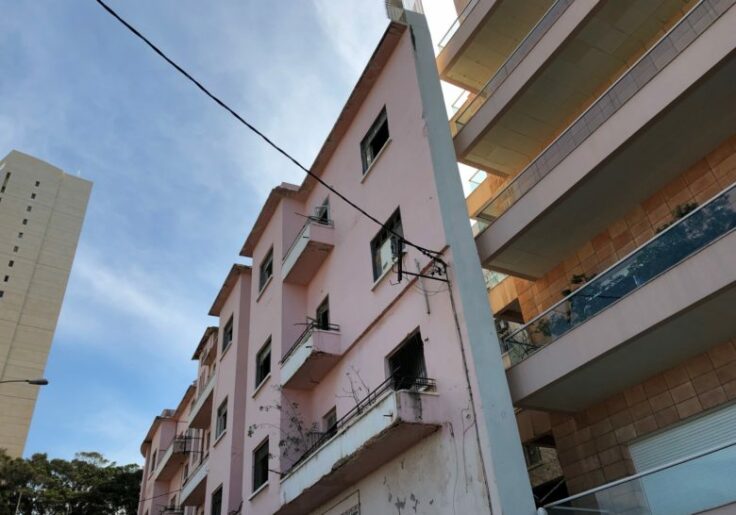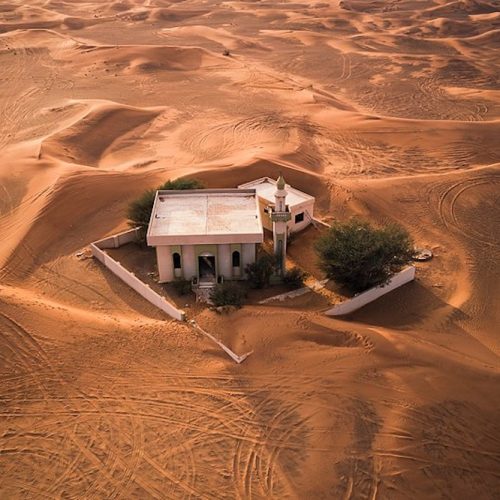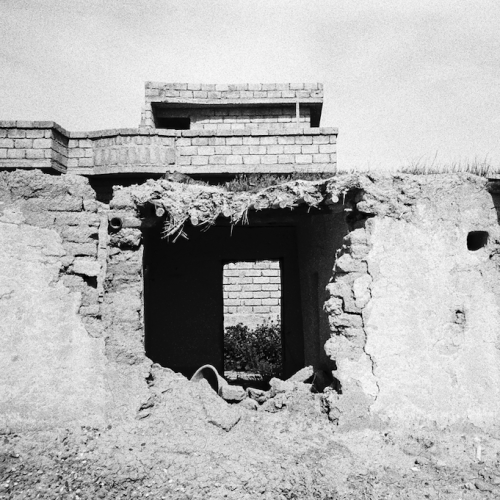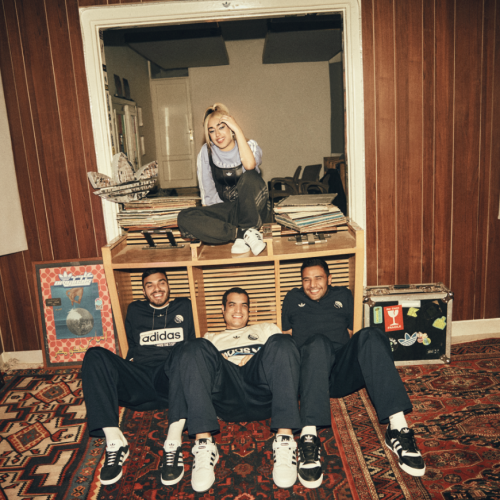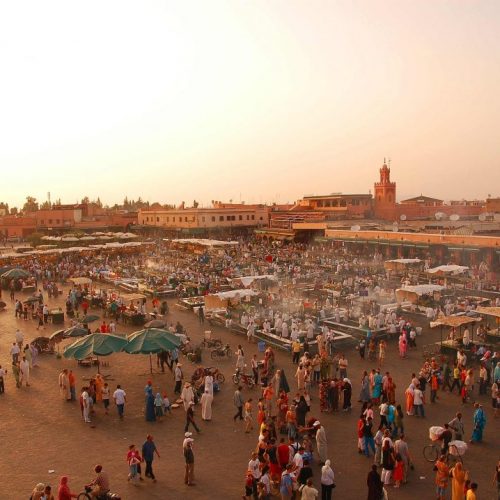Since last month, I hailed Beirut as my new home for the months to come, and like I always do when I decide to settle in a new city, going for a walk around my ends of town is usually my first step to appropriating the surrounding views and making friends with the local shop owners (they’re the real G’s on the side of the Mediterranean sea).
It’s a Saturday afternoon and I’m strolling around Hamra, a popular neighborhood in Lebanon known for being one of the beating hearts of the capital before the crisis kicked in. Trying to take note of most of what I was seeing, bumping into, and most importantly, which food joints were looking the most enticing, one building caught my attention and it wasn’t for its aesthetic.
About three minutes and thirty seconds away from my accommodation, on a small hill giving onto the sea, stood the thinnest piece of real estate I had ever seen in my life. But when I say thin, I mean it, because from the outside looking in, it felt almost impossible to think that anyone would have actually built this structure to actually live in it. And, given the amount of space in the city or in the countryside to lay your own foundation in the Cedar Country, I couldn’t think of a single reason for someone to put so much time, effort, and money into erecting such a construction. Plot twist: there was.
Heading back home confused by what I had just seen, I go fetch my daily pack of Camel and a bottle of coke, diet as always, at the closest dukkan and when handing over what I owe, I quickly ask the shop owner about the neighboring building that was quick to fascinate me. As expected, he had all the answers I was looking for.
According to him, the abandoned property was built in the mid-1950s following a quarrel between two brothers. Referred to by locals as al ba’sa, which means “the grudge” when translated into English, the block of fake flats was set up as part of a revenge plan after a brother was frustrated by the other receiving a better, or larger (depends on which version of the story you’re hearing), portion of land inherited after their father’s then-recent passing.
With that salty story in mind, I immediately headed back home, jumping onto Google in search of more answers and details about the bickering brothers and their bemusing beef as, if I’m being totally honest, that sounded like something I’d totally be capable of doing — sorry not sorry. As it turned out, local urban planner and architect Sandra Rishani had extensively written about it for Jadaliyya, an e-zine that combines local knowledge, scholarship, and advocacy with an eye to audiences in the United States, the Middle East, and beyond.
In her account, Rishani explains that her own father managed to provide more insight into the laughable matter.
“There were two brothers who each inherited a plot. Let’s call them plot A and plot B. Unable to agree on how to develop the two parts, since plot B was partly reclaimed by road infrastructure, the owner of plot B decided to develop the minuscule piece of land on his own. That way, he hoped that his building would block the brother’s view of the sea so that the value of his land would decrease,” she reported from her parent before expanding on the legality of the property as the building is allegedly protected from destruction by law.
“Although it is not listed as a heritage building, and therefore not protected by the bill protecting such buildings, the plot on which The Grudge stands cannot be developed under the city’s current building and zoning laws. According to those laws, no new structure may be built in its place, even if the house is demolished, because the plot has an area that is smaller than what you are allowed to build on,” she went on to explain.
Measuring around 2 feet (61cm) at its narrowest point and 14 feet (4.2m) at its widest, the objective was simple when designing what is now known as Beirut’s skinniest building: bother his sibling whose home was just behind. And, despite the minuscule dimension of al ba’sa, upon entry, curious visitors will be able to stumble across tiny rooms, small kitchens, and one of the best views of Beirut’s slice of the Mediterranean sea.
Since the building was erected, it has surprisingly hosted people in the past, reportedly serving as a brothel throughout the Lebanese Civil War and also refugees in the following years.
Now an unmissable element of Lebanon, and Beirut’s landscape, the property is believed to be of some of the most highly valued in the Middle Eastern country, only adding more confusion, maybe even mystery, behind the building’s unparalleled history.





